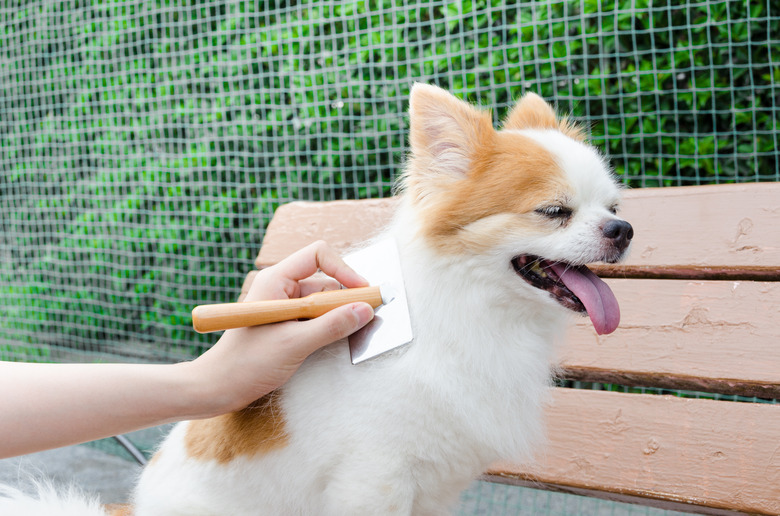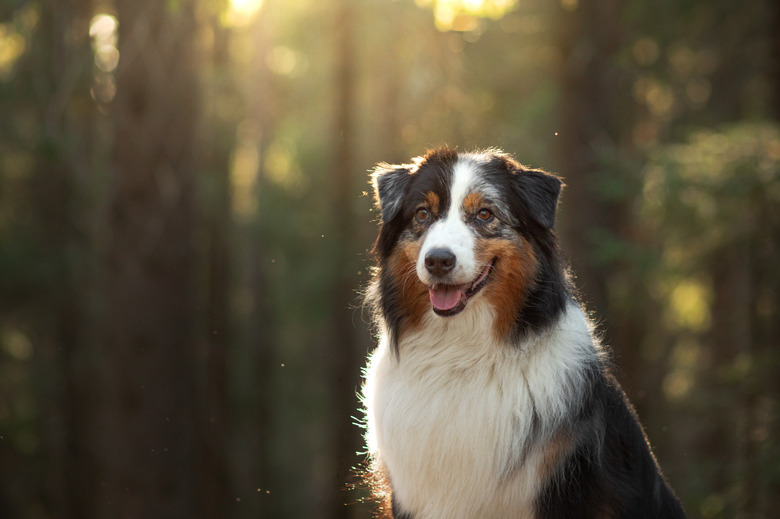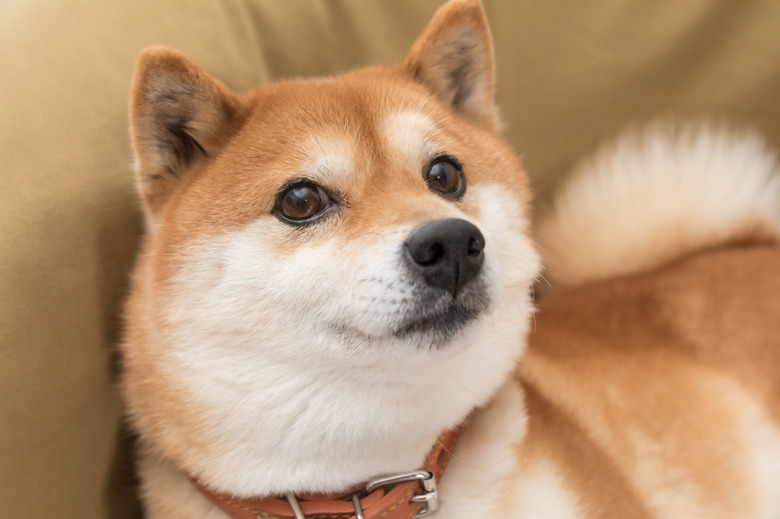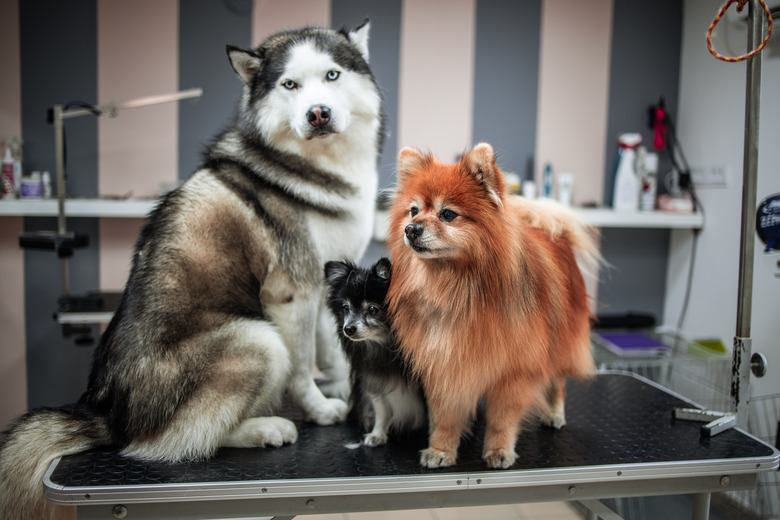How To Pick The Right Brush For Your Dog
All dogs need to be brushed regularly to keep their skin and fur in good condition. In addition to other grooming tools like shampoos, and nail clippers it's important to have the right brush or brushes for brushing your dog. The type of fur your dog has will dictate what sort of brush you should be using. Regular brushing is important not just for keeping your dog looking nice, but also for their health. Brushing prevents mats from developing — which if left untreated can cause uncomfortable skin irritations and sores.
Best brushes for different coat types
Best brushes for different coat types
When selecting the right brush for your dog, consider what type of fur your dog has first. Then, consider how comfortable the brush is for you when you hold it. Some brushes have rubber grips or gel-filled handles that are developed to be as comfortable as possible for the user to hold. You'll also want to think about the size of your dog. Each brush variety is available in different sizes. If you have a small dog, it's helpful to pick brushes that are smaller in size to make brushing more comfortable for them.
Short fur
Although many people with short-coated dogs think their dogs don't need grooming — this isn't the case! A bristle brush or curry brush are great options for grooming short-coated dogs. By giving your dog's coat a weekly brush, you'll be able to help distribute your dog's natural skin oils through their coat, remove dust, dirt/debris buildup, and remove extra fur that is ready to be shed.
Medium fur
If you have a dog who has a medium-length coat like golden retrievers or Australian shepherds, using a slicker brush or a pin brush works well for keeping your dog's fur and skin in good condition. Dogs with medium-length fur don't usually need as much grooming as dogs with longer fur, or curly fur but they also benefit from a weekly brushing to keep their fur looking its best.
Long fur
Long furred dogs without an undercoat like Yorkshire terriers, Shih Tzus, have soft and silky fur that can easily become matted and tangled. These dogs need to be brushed multiple times a week. A comb for gentle brushing as well as a slicker brush is best to use when brushing your dog's long fur. Pin brushes can also be useful for working through tangles and to keep their fur free of mats, and any debris that might be trapped in the fur.
Curly fur
Curly-coated dogs like poodles, doodles, curly-coated retrievers, and others have coats that require regular grooming to prevent mats from developing and to keep their coat in good condition. For curly-coated dogs, slicker brushes are helpful for regular brushing maintenance. It's also important to have a small comb on hand for working through small tangles in the fur to prevent mats from forming.
Double coat
Dogs with a double coat include Pomeranians, Newfoundlands, Shiba Inus, corgis, labradors, and Siberian huskies. These dogs have a soft, thick undercoat that insulates their bodies, and then an outer fur layer which is generally a different texture from the undercoat. Double coated breeds of dogs shouldn't be shaved since it can damage the double coat. However, they do need regular brushing to maintain their undercoat, reduce shedding, and prevent mats from developing. Depending on how thick your dog's coat is, deshedding tools like shedding blades (a type of brush) are designed to go through the topcoat to help you remove as much undercoat as quickly as possible. Deshedding brushes can be carefully used to prevent irritating your dog's skin, combs for breaking up small tangles, and then a pin brush and slicker brush are useful for regular use when maintaining your dog's double coat.
Wire coat
Wire-coated dogs like Scottish terriers, German wire-haired pointers, and wire fox terriers have a unique textured coat that doesn't mat easily but needs regular washing. When brushing a wire-coated dog it's best to use a slicker brush. Slicker brushes will help to remove dirt and debris from your dog's coat and help to distribute the natural oils across your dog's skin. Some wire-coated breeds of terriers need to be hand stripped to remove dead hair because it doesn't shed naturally. Talk with your dog's vet, breeder, and/or groomer to learn if you have a dog who needs stripping in addition to brushing.
Get support
Get support
If you are feeling uncertain about how best to groom your dog and what brushes to use it's always ok to ask for help. Talk with your breeder, rescue group, vet, or professional groomer to find out specifically what kind of brush will be right for your dog. These experts will also be able to help you learn the right way to brush your dog, how frequently they should be brushed, and any other grooming considerations. Professional grooming (or learning professional-level grooming skills yourself) is very important for maintaining curly, long, and double-coated dogs.
In summary
In
summary
Different types of dogs require different grooming supplies. Your dog's fur will be the primary factor in determining what style of brush you need. An appropriate brush for your dog's coat type will help you to prevent mats from developing. Regular brushing with the right type of brush for your dog's fur can reduce the amount of shedding and mess around your home while also helping to keep your dog's skin and coat healthy.



